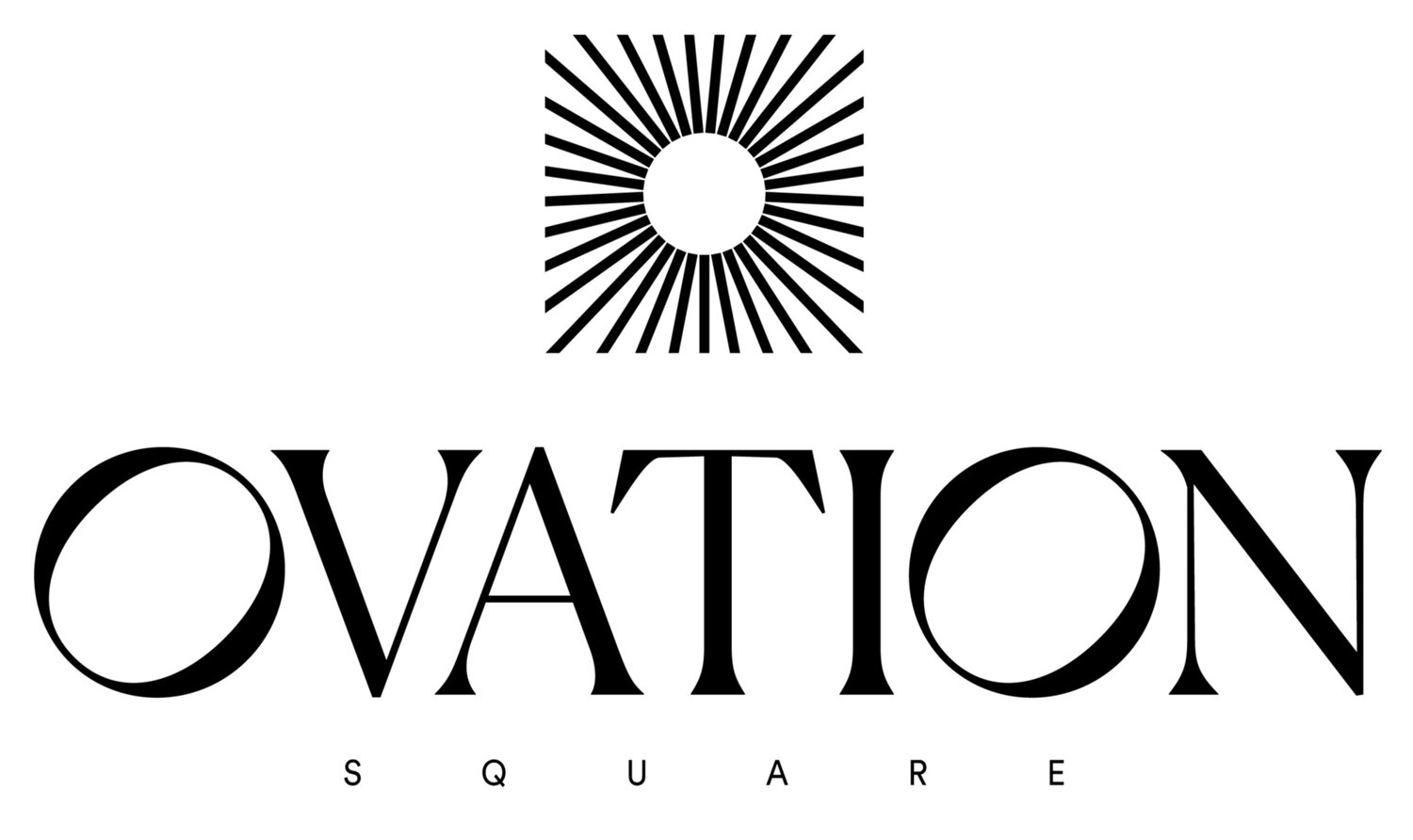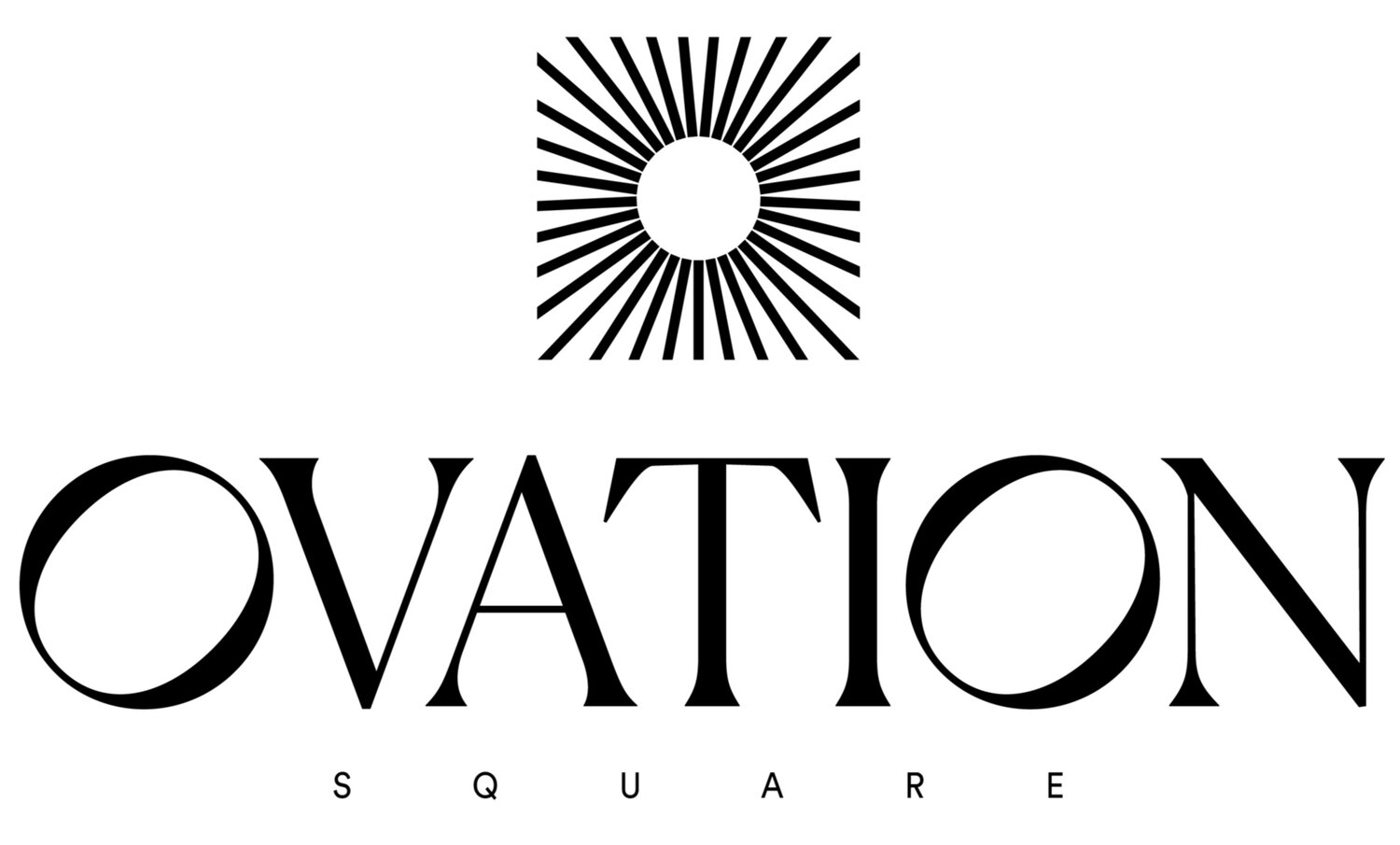How To Plan A Company Retreat
A company retreat is a valuable opportunity for teams to bond, collaborate, and rejuvenate. It is a structured getaway that allows employees to step away from their daily routines and engage in team-building activities, strategic planning sessions, and professional development workshops. Planning a successful company retreat requires careful thought and organization. In this article, we will explore the essential steps to plan a memorable and effective company retreat.
What is a company retreat?
A company retreat is an off-site gathering designed to provide employees with a change of environment and the opportunity to engage in team-building exercises, skill development workshops, and strategic planning sessions. It offers a break from the usual office setting and allows employees to connect with their colleagues on a more personal level. Company retreats can range from one-day events to multi-day retreats, depending on the goals and objectives of the organization.
How to plan a company retreat?
Define the purpose and goals: Determine the objectives of your company retreat. Are you aiming to foster team cohesion, brainstorm new ideas, or enhance employee skills? Clearly defining the purpose of the retreat will guide your planning decisions and ensure alignment with your desired outcomes.
Choose the right venue: Selecting a suitable venue is crucial for the success of your company retreat. Consider factors such as location, capacity, venue amenities, and the ambiance of the venue. Look for event planning companies or venues specifically catering to corporate events or team-building activities. Corporate team-building venues often offer unique facilities and services tailored to fostering teamwork and collaboration.
Plan the agenda: Develop a well-rounded agenda that includes a balance of team-building activities, workshops, and downtime. Incorporate ice-breaker activities, interactive sessions, and opportunities for employees to share ideas and feedback. Allow time for relaxation and socialization to create a more enjoyable and rewarding experience for participants.
Coordinate logistics: Arrange transportation to and from the retreat venue, whether it's organizing bus transportation or reimbursing employees for travel expenses. Ensure that all necessary equipment and materials for workshops and activities are readily available. Coordinate accommodation, meals, and any special dietary requirements well in advance to accommodate everyone's needs.
Planning a corporate retreat checklist
Determine the objectives and goals of the retreat.
Identify a suitable venue for the retreat.
Develop a comprehensive agenda that includes team-building activities, workshops, and downtime.
Coordinate transportation and logistics, including accommodation and meals. Prepare necessary equipment and materials for workshops and activities. Communicate all relevant details to the participants in advance.
Assign responsibilities to team members for different aspects of the retreat. Conduct a post-retreat evaluation to gather feedback and measure the success of the event.
Ideas for a company retreat
Outdoor team-building activities: Engage employees in outdoor activities like ropes courses, hiking, or adventure challenges to encourage teamwork, communication, and problem-solving skills.
Skill-building workshops: Bring in guest speakers or trainers to conduct workshops on topics such as leadership, communication, or creativity. These sessions can provide employees with new insights and practical skills to apply in their work.
Retreat with a purpose: Consider incorporating a corporate social responsibility component into your retreat. Engage in community service activities or support a local charitable organization to give back while strengthening team bonds.
Relaxation and wellness: Offer opportunities for relaxation and wellness activities such as yoga sessions, spa treatments, or mindfulness workshops. This can help employees unwind, de-stress, and recharge during the retreat.
Planning a successful company retreat involves careful consideration of the purpose, venue selection, agenda planning, logistics coordination, and employee engagement. By following the steps outlined above and considering various ideas for activities, you can create a memorable and impactful retreat that fosters teamwork, personal growth, and a renewed sense of purpose within.
Frequently Asked Questions
Q: What is the purpose of a company retreat?
A: The purpose of a company retreat is to provide employees with an opportunity to step away from their regular work environment and engage in team-building activities, skill development workshops, and strategic planning sessions. It aims to foster stronger bonds among team members, enhance communication and collaboration, and create a positive and motivating work culture.
Q: How far in advance should a company retreat be planned?
A: It is recommended to start planning a company retreat at least 2 to 3 months in advance. This timeframe allows ample time to select a suitable venue, coordinate logistics, and create a well-rounded agenda. Starting early ensures that you have enough time to address any challenges that may arise and allows employees to plan their schedules accordingly.
Q: What factors should be considered when choosing a venue for a company retreat?
A: When selecting a venue for a company retreat, consider factors such as location, capacity, amenities, and the ambiance of the venue. Look for venues specifically catering to corporate events or team-building activities. Corporate event venues often offer dedicated spaces for workshops, ample accommodation options, and facilities designed to foster collaboration and productivity.
Q: How can team-building activities be incorporated into a company retreat?
A: Team-building activities can be incorporated into a company retreat through various means. Outdoor activities like ropes courses, scavenger hunts, or sports can promote teamwork and problem-solving skills. Additionally, interactive workshops, brainstorming sessions, or group projects can encourage communication and collaboration. Customized activities aligned with the company's values and objectives can create a shared sense of purpose among employees.
Q: How can the success of a company retreat be measured?
A: The success of a company retreat can be measured through various means. Conducting pre- and post-retreat surveys to gather feedback from participants can provide insights into their expectations, experiences, and key takeaways. Additionally, assessing the achievement of the retreat's objectives, evaluating the level of engagement and interaction among employees, and observing positive changes in team dynamics and collaboration can indicate the success of the retreat. Planning a company retreat requires careful consideration of its purpose, venue selection, agenda planning, and evaluation. By addressing these frequently asked questions, you can better understand the importance of a company retreat, the planning timeline, venue selection criteria, the incorporation of team-building activities, and the measurement of its success. With thoughtful planning and execution, a company retreat can become a valuable experience that strengthens team bonds, fosters personal and professional growth, and enhances the overall work environment.


